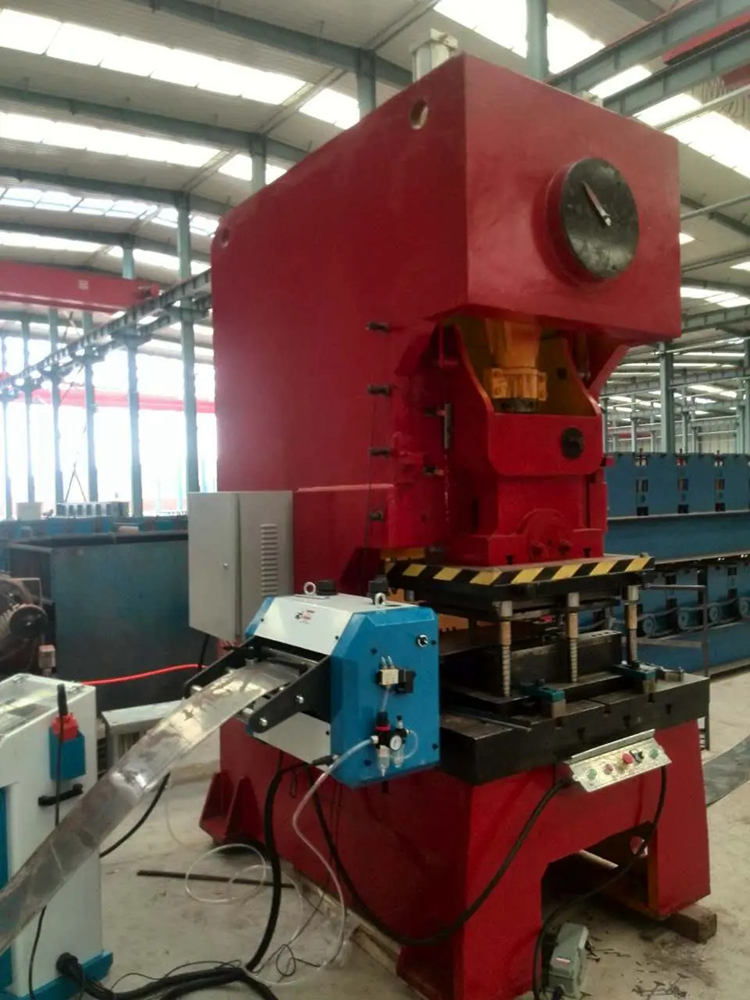
Understanding Roofing Panel Machines The Backbone of Modern Roofing Systems
In the ever-evolving construction industry, efficiency and quality are essential. Roofing panel machines have emerged as a critical component in the manufacturing of roofing systems, enabling builders to produce high-quality panels that meet contemporary architectural demands.
What is a Roofing Panel Machine?
A roofing panel machine is a specialized piece of equipment designed to fabricate metal roofing panels from raw materials. These machines typically bend, cut, and shape metal coils into various roofing configurations. They can produce an array of panel types, including standing seam panels, corrugated sheets, and flat panels, meeting varying aesthetic and functional requirements.
The Components of a Roofing Panel Machine
At its core, a roofing panel machine consists of several key components a decoiler, roll forming unit, cutting system, and control panel.
1. Decoiler This component unwinds the metal coil, preparing it for the forming process. The decoiler must handle the weight and rigidity of the metal while maintaining tension to ensure smooth feeding into the machine.
2. Roll Forming Unit The heart of the machine, the roll forming unit contains multiple rollers that gradually shape the metal into the desired profile. This process is precise and can be adjusted for different panel designs.
3. Cutting System Once the metal is formed into the desired shape, the cutting system trims the panels to specified lengths. This can be done through shear cutting or flying cutting, depending on the machine design and production speed requirements.

4. Control Panel Modern machines often come with an automated control panel that allows operators to input specifications and control various aspects of the production process. This includes setting the length of panels, adjusting the speed of production, and monitoring performance metrics.
Advantages of Using Roofing Panel Machines
Utilizing roofing panel machines brings significant advantages to roofing contractors and manufacturers
1. Efficiency These machines can produce panels at a much faster rate compared to manual fabrication. This enables roofing companies to meet tight deadlines and increases overall productivity.
2. Consistency With automated processes, panel machines ensure that each product meets the same high standards. This consistency in quality is crucial for maintaining the integrity of roofing systems, as even minor inconsistencies can lead to issues down the line.
3. Customization Many roofing panel machines can be adjusted to produce panels of varying widths and profiles, allowing manufacturers to cater to specific customer requirements. This flexibility can lead to new business opportunities and customer satisfaction.
4. Cost-Effectiveness While the initial investment in a roofing panel machine can be significant, the long-term savings in labor costs and material waste can result in higher profit margins. Automation reduces the need for a large workforce, and precise cutting minimizes leftover material.
Conclusion
As the demand for metal roofing continues to rise, roofing panel machines play a vital role in the supply chain of the construction industry. These machines not only enhance production capabilities but also improve the quality and reliability of roofing systems. For those involved in roofing, from manufacturers to contractors, investing in a roofing panel machine is a step towards embracing efficiency and technological advancement, empowering businesses to meet modern construction demands with confidence. As the industry continues to evolve, staying updated on the latest advancements in roofing panel machinery will undoubtedly offer competitive advantages in the marketplace.